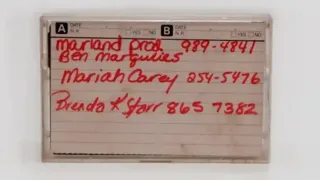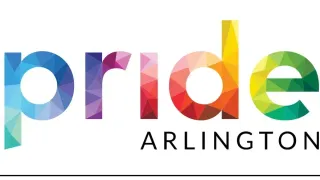July 7, 2014
Millennial Decorating: No Limits, No Rules
EDGE null READ TIME: 5 MIN.
Can't figure out why times are changing so rapidly? Perhaps it can be attributed to the rise of Millennials, the generation born between 1982 and 2004. Standing strong at 95 million, it's the largest generation since the Baby Boomers and they're making their mark on the world at an unprecedented rate.
Millennials are causing a shift in design because today, anything goes. "The biggest difference I see would be that I don't follow a lot of what would be called common rules," says Ryan White of Ryan White Designs in Los Angeles. A new attitude has been set: Why play by the rules?
"Preconceived notions about what is 'correct' have been shaken and stirred and the boundary between formal versus informal seems less important," adds Chad Graci of Graci Interiors, based in New Orleans. "I see a willingness to look beyond the traditional use of a particular piece of furniture or the expected functions of certain rooms."
Millennial designers embrace finding unique ways to tastefully mix the old and the new along with varying periods and styles when creating interiors. The blending of traditional and modern speaks to this generation's shift towards eclecticism. It's become all about individual expression for designers and their clients alike.
To meet this design need, manufacturers are expanding horizons with additional options and distinctive offerings. Are timeless, classic products gone? No, but they are being introduced to a new generation with all the elements younger designers and their clients are seeking.
Don’t Be a Square
In order to create signature looks and make a name for themselves, Millennial designers are thinking outside of the box. "In today's world, design is about an individual style of expression. 'Anything is possible' has really been a starting point for people," advises Ovadia. For example, Ovadia is currently working on a contemporary style house, but incorporating more traditional design through details on the ceilings and an emerald green palette reminiscent of the 1920s Great Gatsby era.
There's no longer just one way to execute a design scheme and see it successfully come to fruition. Millennials, whether it's the designers or their generational counterparts, are known for their entrepreneurial spirit and the ways they've strayed from precedents set by previous generations.
Finishing Touches
If working with a wide spectrum of design styles and preferences is the norm these days, the task of tying a room together with meaningful details can be daunting. One element to tie any look together is with the window decor. "Window treatments are not the place to skimp," notes Graci.
They have the ability to enhance a room by framing everything within the space. Proper window treatments don't just serve functional purposes. "They soften the edges of a room while balancing out the architecture. They bring the eyes up and provide a focal point," says Graci.
In the past, Graci has worked with the exclusive Hunter Douglas Alustra Woven Textures collection. He especially likes to use this product for office spaces. "Alustra roller shades have a residential feel that I like to bring to business and commercial environments," says Graci.
"Window treatments are great because they can help camouflage unattractive window lines, give a room height or enhance beautiful windows," advises Jenny Wolf of Jenny Wolf Interiors in New York City. Evidently, they are not a design element to be overlooked.
A Digital Design Revolution
"I honestly cannot imagine doing this job without the Internet as a resource," says Wolf. The immersion of technology into design has brought a greater level of flexibility in various ways. First, it allows designers to see so much more than ever before. "We spend hours a day sourcing furniture on sites such as 1st Dibs. It has brought the world of furniture and antiques to the office," says Wolf. Browsing through photo streams and Pinterest boards is also now a widespread source of inspiration for designers.
Not only can designers easily access thousands of new decorating ideas each day, but technology also helps implement seamless design projects every step of the way. While working on assignments, programs such as AutoCAD for floor plans and millwork drawings and Studio Designer for project management and accounting application has made it much easier for them to execute projects.
The visualization component of other technologies allows designers and clients to see how their project is going to turn out before it is completed, ensuring a flawless finish. The "Design Your Own" feature at hunterdouglas.com allows consumers and design professionals alike to preview how different styles will look on their windows by uploading personal photos. It makes it easy to visualize how different window fashion designs will impact the overall decor.
With such an influx of technology, White points out, "People still want to feel like their home is done on an artistic level and not just thought out on a technological level." Visualization programs ensure this balance can be achieved during the schematic design phase of a project when the interior designer and client are working together to decide what the ultimate design vision should be.
So, what will Millennial designers' visions help them to achieve next? Only time will tell where their passion for innovation and individualism will take them, and their clients.






